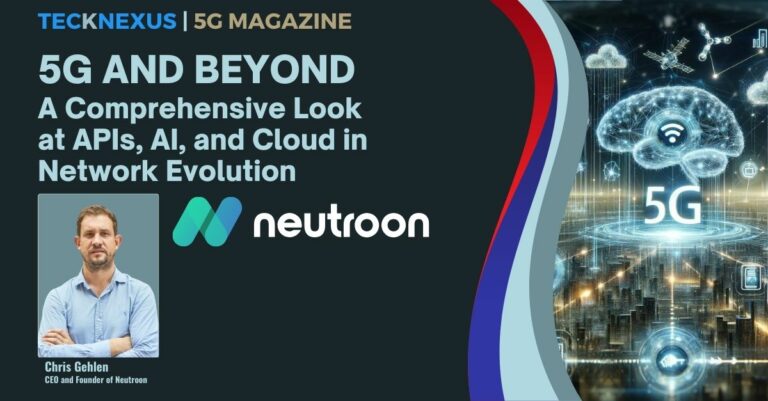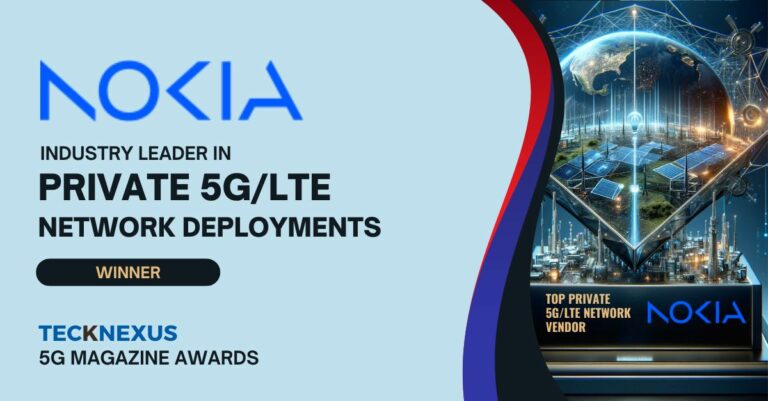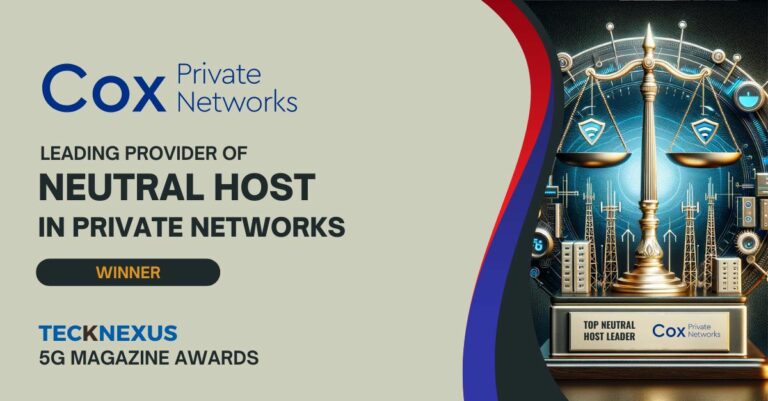Bringing the internet to the edge unlocks new delivery models that create opportunities for vendors and manufacturers. Vendors can now deliver capabilities as a service, whether its 5G-as-a-service, robotics-as-a-service, digital-twins-as-a-service, or any number of new and imaginative technologies, they can all be purchased on demand.
This lowers the capital expenditures required to implement new manufacturing capabilities, to both suppliers and manufacturers.
The internet, whether it’s at the edge or the core, benefits from the economics of shared infrastructure. The power of shared infrastructure means that the manufacturer can begin consuming new capabilities on a pay-as-you-go basis. It also means that suppliers, even small suppliers, can deliver powerful capabilities without investing in owned-and-operated infrastructure. Just as the cloud unleashed millions of new, low-cost services for consumers, the edge cloud will do the same for manufacturers.
In one recent study, Tolaga Research estimated the potential economic value of neutral host edge infrastructure for the City of Las Vegas and surrounding Clark County. The study looked at Industry 4.0 use-cases in key industry verticals, including manufacturing.
The study concludes that edge infrastructure has the potential to unlock USD 28.9 billion in cumulative GDP contributions to Clark County over the five years between 2021 and 2025 and $115.8 billion over the ten years between 2021 and 2030. These estimates predict a 3.8 percent CAGR in Clark County’s GDP with INZONE and a 2.5 percent CAGR without INZONE.
The Future is Near
Encouraging the development of edge infrastructure is critical to unlocking the next generation of manufacturing capabilities. Just like today’s internet provides consumers with nearly infinite choice, neutral host infrastructure at the edge ensures the best technologies have a path to market and gives manufacturers the maximum range of choices for their cloud-consumed technologies.
New vendor innovations, including software-delivered 5G RAN, augmented reality and AI robotics, will be available at exceptionally low cost because no one supplier will be required to provide all the infrastructure. Suppliers can quickly deploy their technologies and services without having to build and operate the critical infrastructure. This makes it easier and faster to bring Industry 4.0 products to market while also amortizing infrastructure costs across the multitude of its users.




























































